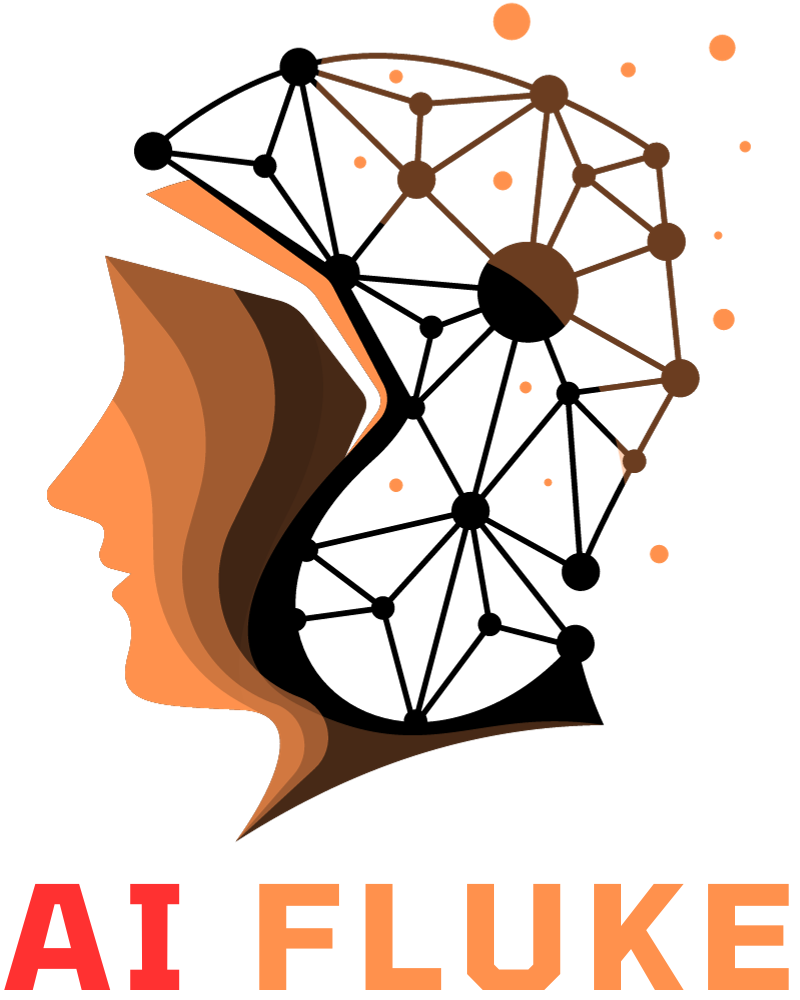The world of digital artistry is undergoing a transformation, led by none other than Adobe’s latest update to its Photoshop beta version. At the heart of this evolution is Generative AI, which powers the innovative feature, “Generative Expand.” This tool isn’t just about expanding boundaries; it’s about redefining the very essence of creative flexibility. Let’s embark on a journey to understand this revolutionary feature and its broader implications.
Generative Expand: Beyond the Confines of Traditional Imagery
Photoshop’s Generative Expand is a testament to technological innovation, allowing users the ability to virtually “expand” their creative horizons. The concept is both intriguing and straightforward. By merely dragging the crop tool past the original boundaries of an image, the AI steps in to fill the extended space with content, further refined using textual cues if desired.
However, the true genius of Generative Expand isn’t just about providing extra canvas space. It’s a reimagining of the entire concept of image manipulation. It’s no longer about rectifying imperfections but instead about enhancing and expanding one’s artistic vision. Be it amending an inadvertently cropped element, reimagining an existing artwork, or just altering the frame’s dimensions, Generative Expand has set the stage for endless possibilities in the digital art realm.
A Commitment to Global Diversity: Breaking Language Barriers in Photoshop
In today’s interconnected world, embracing diversity is crucial. Adobe’s commitment to this ideal is palpably evident in their newest update. The inclusion of text prompts, now compatible with an astonishing array of 100 languages, is a clear message that creative genius isn’t bound by linguistic constraints. Gone are the days when fluency in dominant languages like English was deemed necessary for premium content creation. With this inclusive move, Photoshop extends a warm invitation to creators from diverse linguistic backgrounds, reiterating that creativity knows no boundaries.
Adobe’s AI Journey: A Peek into the Future of Digital Creativity
As awe-inspiring as Generative Expand might be, it seems Adobe is signaling that the best is yet to come. Once users update their Photoshop beta application, they’re instantly equipped with the power of this expansive tool and its rich multilingual capabilities. And if the industry buzz holds water, Adobe is gearing up to infuse even more AI wonders into its arsenal come autumn, paving the way for artists to delve into an even broader spectrum of tools.
The Interplay Between Creativity and Ethical Accountability
While Generative Expand is undeniably a technological wonder, it also walks a fine line between raw creativity and moral accountability. Designed with the quintessential artist in mind, this tool encourages visionaries to venture beyond the borders of tangible reality. However, this same power prompts some introspection: the facility to seamlessly transition a quaint shoreline into an expansive oceanfront brings forth concerns over potential distortions of truth.
Historically, platforms like Photoshop have enabled image adjustments, but the dawn of AI-fueled alterations calls for amplified awareness. As reality becomes increasingly malleable and convincingly so, it poses the question: where should the boundary lie?
Reflecting on the Tool: A Pioneering Leap or a Potential Pitfall?
There’s no denying that with Generative Expand, Adobe has etched a significant mark in the annals of digital artistry, signaling a future where the only limit to a canvas is one’s imagination. Its potential is both vast and profound, yet it simultaneously shines a light on perennial debates concerning the genuineness of digital masterpieces.
So, what’s the verdict? Will this feature be celebrated as the artist’s ultimate ally or spark discourse around digital integrity? The answer largely hinges on how artists harness its prowess. As we stand at the brink of a transformative era in digital creativity, its path is laden with both enormous potential and profound responsibility.

